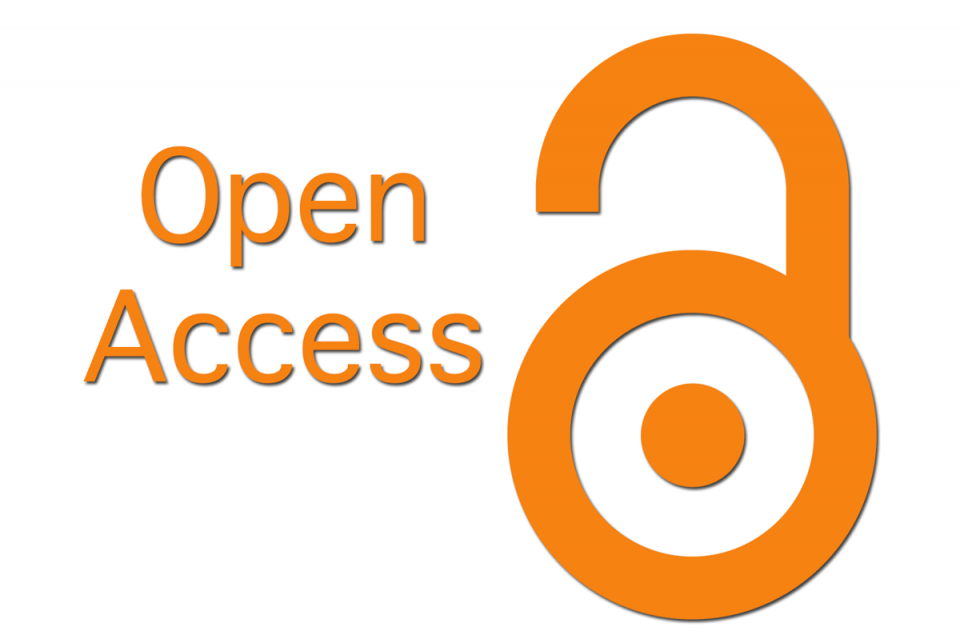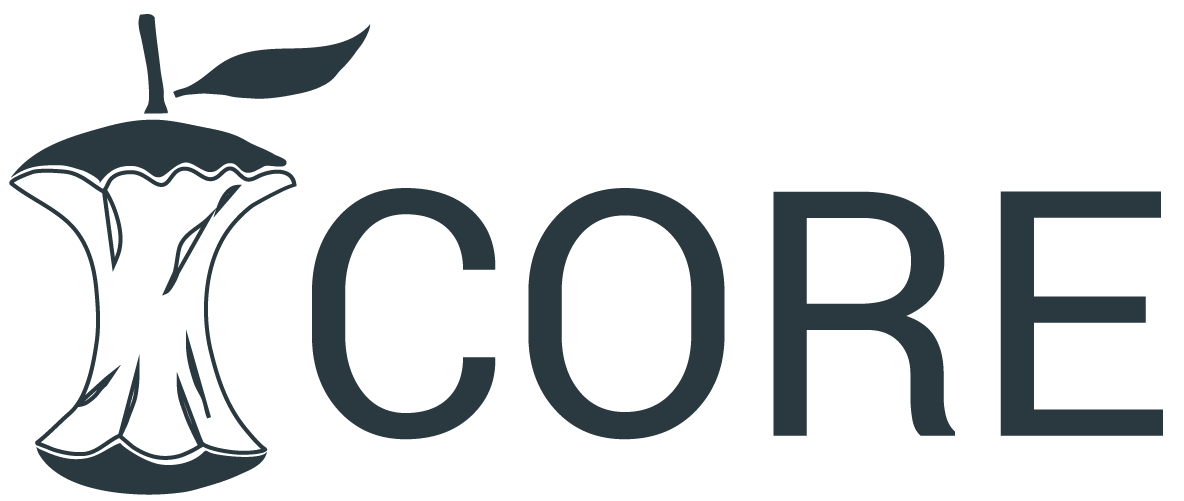Perception on Online Teaching and Classroom Teaching Among Students
Keywords:
Online class, classroom teaching, online teaching, socialisation, college students.Abstract
Social presence in online learning environments refers to the degree to which a learner feels personally connected with other students and the instructor in an online learning community. In search of better, more cost effective ways to deliver instruction and training, universities and corporations have expanded their use of e-learning. Although several studies suggest that online education and blended instruction can be as effective as traditional classroom models, few studies have focused on learner satisfaction with online instruction, particularly in the transition to online learning from traditional approaches. The aim of the study is to know the perceptions of online teaching and classroom teaching among students. A self structured questionnaire was prepared containing 17 validated questions.The survey was circulated through an online survey Google form link. The data was collected and represented as a pie chart using SPSS software. Among the respondents 20% of the population prefer to take up online class while 80% prefer classroom teaching. 19.23% of the population says the classes are more interactive in online teaching whereas 80.77% says it is interactive during classroom teaching. 47.69% of the population says socialisation is possible in online teaching, whereas 52.31% says socialisation is possible in classroom teaching. This study concludes that students did not seem to gain the same amount of knowledge using an online course as they would if they used the traditional classroom method. The majority of students in this study were uncomfortable with the setting of online learning and prefered traditional classroom teaching.
Downloads
Downloads
Published
How to Cite
Issue
Section
License
You are free to:
- Share — copy and redistribute the material in any medium or format for any purpose, even commercially.
- Adapt — remix, transform, and build upon the material for any purpose, even commercially.
- The licensor cannot revoke these freedoms as long as you follow the license terms.
Under the following terms:
- Attribution — You must give appropriate credit , provide a link to the license, and indicate if changes were made . You may do so in any reasonable manner, but not in any way that suggests the licensor endorses you or your use.
- No additional restrictions — You may not apply legal terms or technological measures that legally restrict others from doing anything the license permits.
Notices:
You do not have to comply with the license for elements of the material in the public domain or where your use is permitted by an applicable exception or limitation .
No warranties are given. The license may not give you all of the permissions necessary for your intended use. For example, other rights such as publicity, privacy, or moral rights may limit how you use the material.









